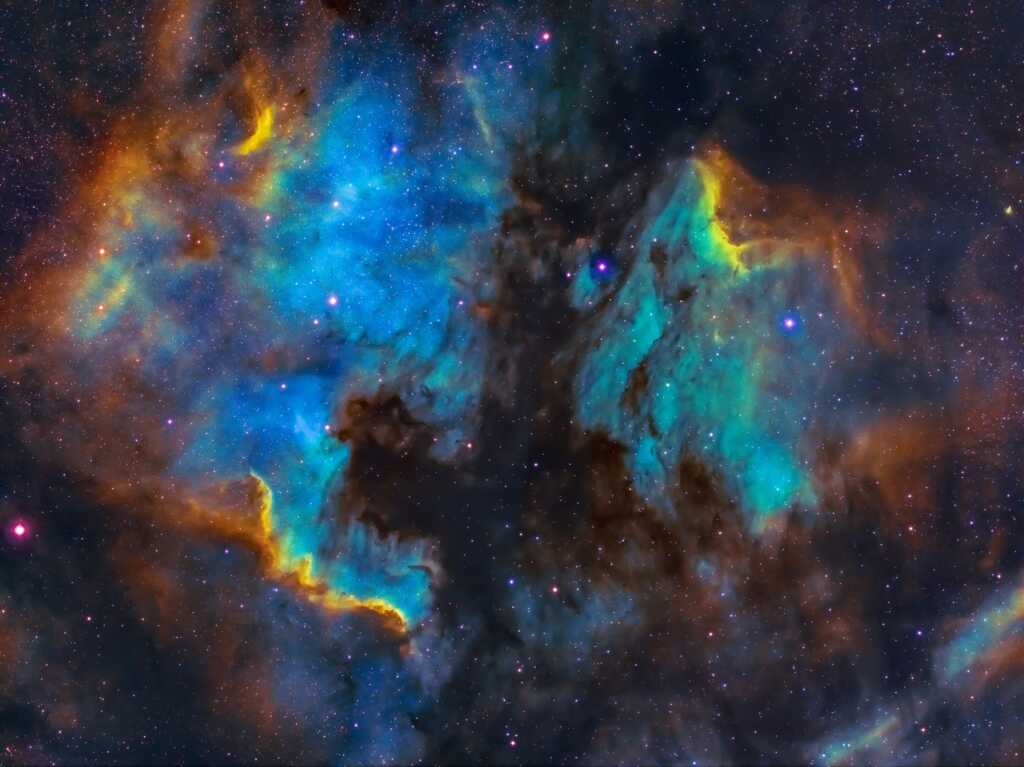NASA Says ‘Something Weird’ Is in the Universe

During a recent study on the universe’s expansion rate, the National Aeronautics and Space Administration has discovered “something weird” is happening in outer space.
“The cause of this discrepancy remains a mystery,” NASA said in a statement. “But Hubble data, encompassing a variety of cosmic objects that serve as distance markers, support the idea that something weird is going on, possibly involving brand new physics.”
So what is going on? The universe is, according to the data, is expanding at a faster rate than anticipated, based on observations made earlier on in time. It is worth noting these observations are rooted in the so-called “Big Bang Theory,” which is — to many — at odds with the story of creation as detailed in the Old Testament book of Genesis.
As GotQuestions explains, while the Big Bang Theory does concede the universe came into existence out of nothing, it fails to credit an almighty creator, God, as the catalyst of the universe’s construction. Furthermore, the theory contradicts the literal interpretation of Scripture, known as Young Earth Creationism, which purports creation occurred in six 24-hour days somewhere between 6,000 and 12,000 years ago.
Briefly summarized by Space.com:
The Big Bang Theory is the leading explanation for how the universe began. Simply put, it says the universe as we know it started with an infinitely hot and dense single point that inflated and stretched — first at unimaginable speeds, and then at a more measurable rate — over the next 13.8 billion years to the still-expanding cosmos that we know today.
Existing technology doesn’t yet allow astronomers to literally peer back at the universe’s birth, much of what we understand about the Big Bang comes from mathematical formulas and models. Astronomers can, however, see the “echo” of the expansion through a phenomenon known as the cosmic microwave background.
Newly discovered data has led NASA scientists to predict the universe is expanding at a rate of 73 kilometers per second per megaparsec, a noteworthy jump from the initially predicted rate of 67.5 kilometers per second per megaparsec. Given the updated numbers, astronomers are forecasting the universe will double in size over the next 10 billion years.
A “megaparsec,” as defined by Universe Today, is “a million parsecs (mega- is a prefix meaning million; think of megabyte, or megapixel), and as there are about 3.3 light-years to a parsec, a megaparsec is rather a long way.” And the expansion rate is known as the “Hubble constant.”
In the past, scientists believed gravity would cause the expansion of the universe to slow down over time.
“The universe is not only expanding, but it is expanding faster and faster as time goes by,” Dr. Kathy Romer of the Dark Energy Survey told the Daily Mail. “What we’d expect is that the expansion would get slower and slower as time goes by because it has been nearly 14 billion years since the Big Bang.”
In its recent statement on the new expansion rate, NASA explained that, when the federal agency advocated for the large space telescope in the 1970s, “one of the primary justifications for the expense and extraordinary technical effort was to be able to resolve Cepheids, stars that brighten and dim periodically, seen inside our Milky Way and external galaxies.”
Scientists have since been able to use Cepheids, discovered in 1912 by astronomer Henrietta Swan Leavitt, to measure distances within the universe. Researchers are then able to use Type Ia supernovae, or exploding stars, to measure even greater distances. Astronomers use those statistics to then determine the Hubble constant.
“You are getting the most precise measure of the expansion rate for the universe from the gold standard of telescopes and cosmic mile markers,” said Nobel Laureate Adam Riess, per NASA. “This is what the Hubble Space Telescope was built to do, using the best techniques we know to do it.”
“This is likely Hubble’s magnum opus, because it would take another 30 years of Hubble’s life to even double this sample size,” he added.
As Christians, we should see God’s creation — from outer space to our day-to-day lives — as signs of His glory.
“For His invisible attributes, that is, His eternal power and divine nature, have been clearly seen since the creation of the world, being understood through what He has made. As a result, people are without excuse.” — Romans 1:20 (CSB)
No comments:
Post a Comment